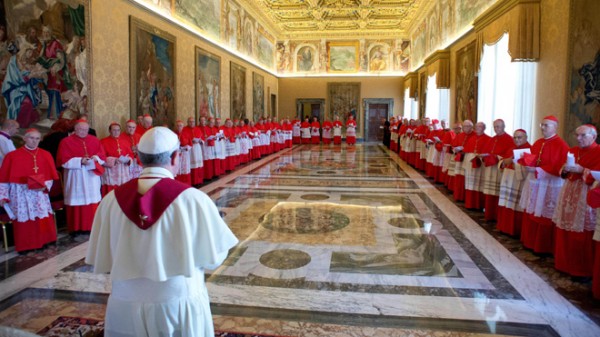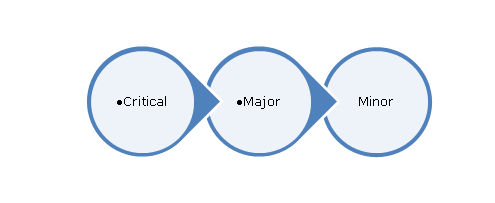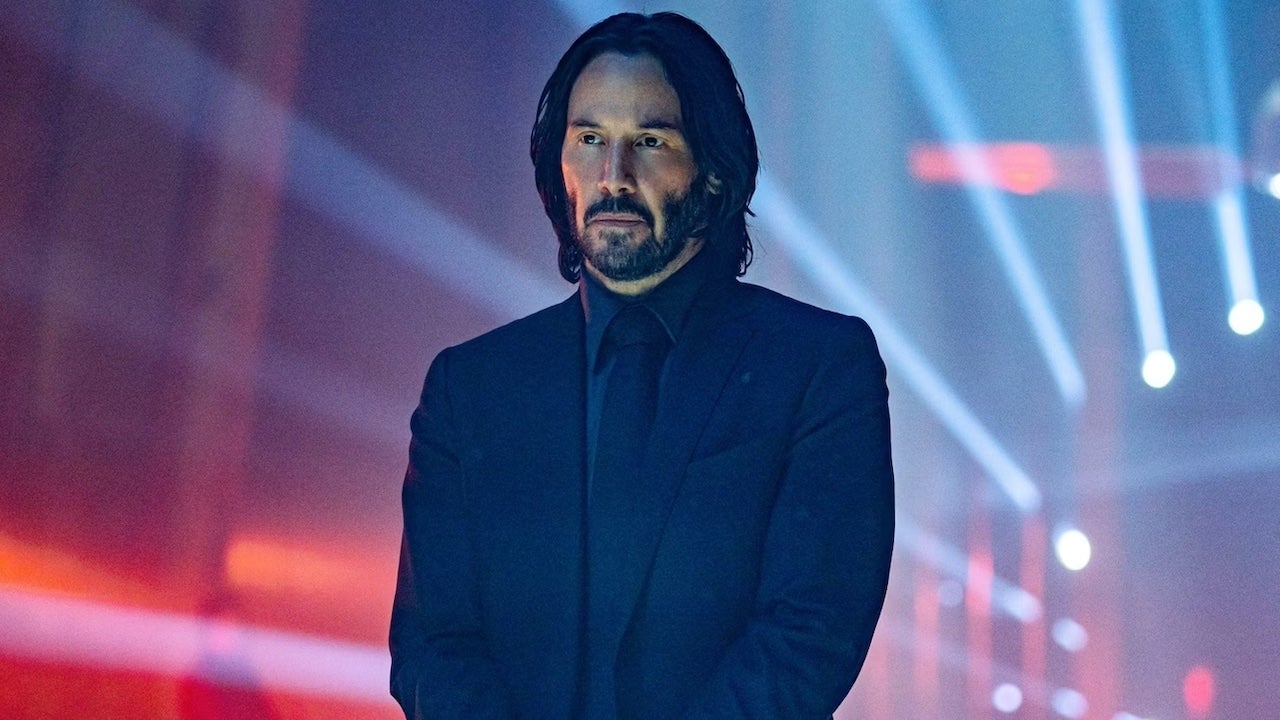Could Cardinals From These Countries Be The Next Pope?

Table of Contents
Italy: The Traditional Powerhouse
Historical Significance:
Italy has historically held a strong presence in the Papal conclave.
- Long tradition of Italian Popes: For centuries, the papacy was almost exclusively held by Italians. This deep-rooted connection between the Vatican and Italy has shaped the Church's identity and traditions.
- Strong ties to the Vatican: The Vatican City, the center of the Catholic world, is located within Italy, further cementing the nation's historical and cultural significance.
- Significant number of Italian Cardinals in the College of Cardinals: The College of Cardinals, responsible for electing the Pope, traditionally includes a substantial number of Italian members. This ensures Italian voices remain influential in the selection process.
The historical weight of Italian cardinals and the ongoing influence of the Italian Church within the Vatican cannot be overstated. The impact of prominent Italian Cardinals on Church doctrine and policy throughout history is significant, making Italy a continuously relevant player in papal elections. Consider, for instance, the influence of past Italian Cardinals on key theological debates and decisions.
Potential Challenges:
While tradition is strong, recent Popes have been less Italian.
- Growing calls for global representation: The Catholic Church is a global institution, and there are increasing calls for the papacy to reflect this global diversity.
- Potential for a shift away from Italian dominance: The increasing globalization of the Church and its diverse geographical spread may lead to a shift away from the traditional Italian dominance in the papacy.
The changing demographics of the Catholic Church and the increasing pressure for a more diverse papacy are undeniable. The growth of Catholicism in other parts of the world, notably Africa and Latin America, is challenging the historical prominence of Italian Cardinals in the selection process. This shift is reflected in the growing diversity within the College of Cardinals itself.
Latin America: A Rising Force
A Growing Catholic Population:
Latin America boasts the largest Catholic population globally.
- High number of Latin American Cardinals: The significant number of Latin American Cardinals reflects the region's importance within the Catholic Church.
- Significant growth in the faith: The continued growth and vibrancy of Catholicism in Latin America ensures its ongoing influence on the Church's future direction.
- Increasing influence within the Church: Latin American Cardinals are increasingly playing a significant role in shaping Church policy and doctrine, reflecting the region's growing prominence.
The demographic strength of Catholicism in Latin America and its impact on the College of Cardinals cannot be ignored. The perspectives and experiences of Latin American Cardinals bring a unique dimension to the discussions and deliberations within the conclave. Several influential Latin American Cardinals have already made substantial contributions to Church leadership and global discussions.
Theological and Social Perspectives:
Latin American Cardinals often bring unique perspectives.
- Emphasis on social justice: Many Latin American Cardinals champion social justice causes, reflecting the region's historical struggles with poverty and inequality.
- Liberation theology: The influence of liberation theology, a movement emphasizing the social and political dimensions of faith, is often present in the perspectives of Latin American Cardinals.
- Focus on poverty and inequality: The lived experience of poverty and inequality in many parts of Latin America strongly informs the social justice concerns of its Cardinals.
The social justice focus often seen in Latin American Catholicism and how it shapes their contributions to the Church is a key factor to consider. This focus often contrasts with the sometimes more conservative theological positions held by Cardinals from other regions.
Other Contenders: Africa and Beyond
Africa's Growing Influence:
The rapid growth of Catholicism in Africa is undeniable.
- Increasing number of African Cardinals: The number of African Cardinals is steadily rising, reflecting the continent's growing importance within the global Catholic Church.
- Young and vibrant Church: The African Church is characterized by its youthful energy and dynamism, bringing a fresh perspective to the global Church.
- Strong missionary tradition: Africa has a long and rich history of Catholic missionary work, contributing to the faith's continued growth and influence.
The significant growth of Catholicism in Africa and the rising prominence of African Cardinals are reshaping the dynamics of the College of Cardinals. Their unique experiences and perspectives contribute to a richer and more diverse range of opinions in the selection process.
Global Representation:
The Church's desire for global representation is paramount.
- Candidates from other continents (e.g., Asia, North America): The possibility of a Pope from Asia or North America highlights the Church's increasing awareness of global diversity.
- Diversity in theological perspectives: Cardinals from different regions bring diverse theological viewpoints and cultural nuances to the papal selection.
- Broader representation of the global Catholic Church: The selection of a Pope from a non-traditional region would symbolize the Church's commitment to global representation and inclusivity.
The importance of global representation in the modern Catholic Church cannot be overstated. The selection of a Pope reflects not only the theological considerations but also the Church’s commitment to inclusivity and its recognition of the global diversity of its followers.
Conclusion:
Predicting the next Pope remains a challenge, but analyzing the geographic distribution of Cardinals offers valuable insight. Italy's historical dominance is undeniable, but the rising influence of Latin America and the growing presence of Cardinals from Africa and other regions signal a potential shift towards a more globally representative papacy. The next papal election will be a pivotal moment, demonstrating the evolving landscape of the Catholic Church.
While only time will tell who will be elected the next Pope, exploring the potential candidates from these key countries allows us to better understand the future direction of the Catholic Church. Continue learning about the College of Cardinals and the factors influencing the selection of the next Pope, to stay informed on this significant event. Learn more about the possible candidates who could be the next Pope and the complex factors shaping this crucial decision.

Featured Posts
-
 The Adam Sandler Oscars 2025 Moment Cameo Clothing And Chalamet Hug Analysis
May 11, 2025
The Adam Sandler Oscars 2025 Moment Cameo Clothing And Chalamet Hug Analysis
May 11, 2025 -
 Improving Automated Visual Inspection For Lyophilized Vials
May 11, 2025
Improving Automated Visual Inspection For Lyophilized Vials
May 11, 2025 -
 The Life And Achievements Of Debbie Elliott
May 11, 2025
The Life And Achievements Of Debbie Elliott
May 11, 2025 -
 Growth Trajectory Canadas Leading Natural Gas Producers Expanding Footprint
May 11, 2025
Growth Trajectory Canadas Leading Natural Gas Producers Expanding Footprint
May 11, 2025 -
 Get Ready The John Wick Experience Launches In Las Vegas
May 11, 2025
Get Ready The John Wick Experience Launches In Las Vegas
May 11, 2025
